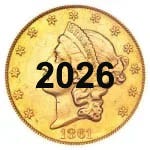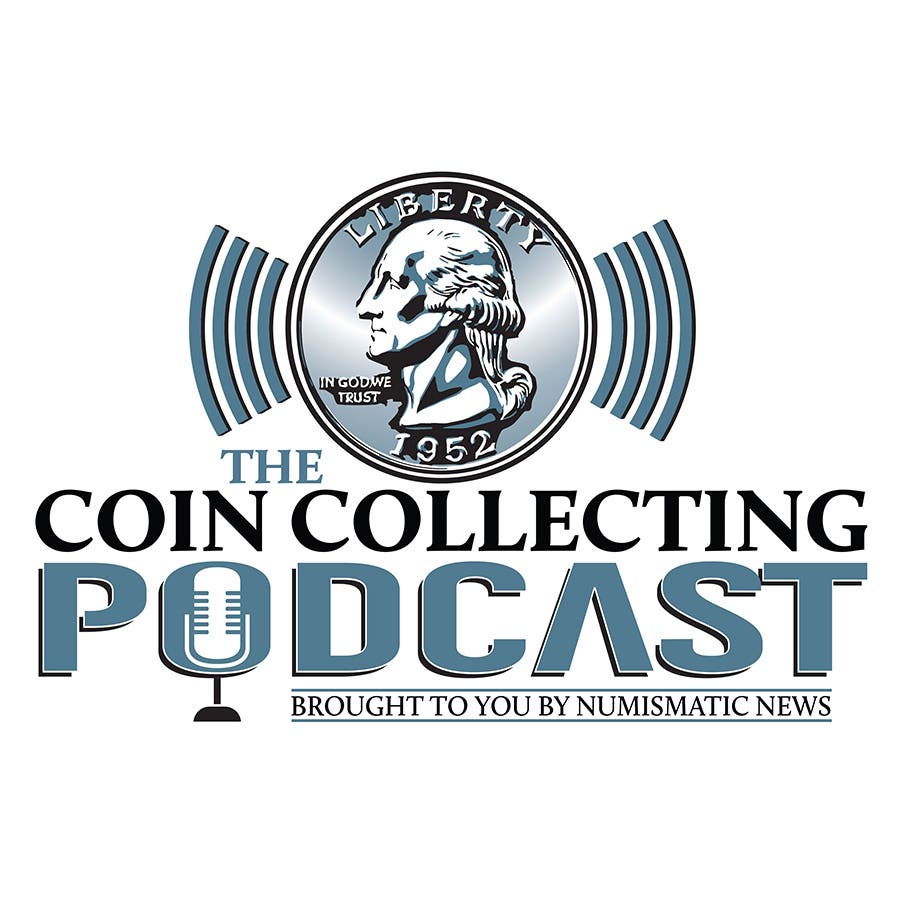Dateless quarter inspired collector
That poor old coin was barely recognizable as a quarter. A scratch adorned the obverse, and the reverse lettering was partially worn away. Dateless, of course, with a Liberty figure…
That poor old coin was barely recognizable as a quarter. A scratch adorned the obverse, and the reverse lettering was partially worn away. Dateless, of course, with a Liberty figure and flying eagle visible.
The first Standing Liberty quarter I pulled from change was that coin. But even though it was in the worst possible condition, I realized that at one time, it was a coin with a lovely design. It was probably more than 40 years old and looked typical for a Standing Liberty quarter in circulation.
Only minted from 1916-1930, the Standing Liberty quarter was one of the most artistically appealing coins but did not wear well. The date wore off quickly. Some coins found in change had some detail on Liberty’s figure and the eagle, but the date was long gone. It was especially frustrating to see coins with a “D” or “S” mintmark. The mintmark was visible, but no date!
My dream coin was a 1916 Standing Liberty quarter. When silver coins circulated, I looked, and one day, there was a Type I Liberty Standing quarter, with a few numerals in the date…the last two, 17, so the date was 1917. That was the closest I ever came to finding the rare one. This was also the oldest quarter I ever got in change.
I once read a description of how to discern a 1916 with the date worn off. Differences in Liberty’s head position, and the ornaments on the obverse, could tell the date even when numbers of the date were not visible.
In my collecting career, I have seen many Standing Liberty quarters that were worn slick. I’ve also seen many Mint State coins. There isn’t much in between with these coins. Putting together a high-grade circulated set is a bigger challenge than a collector would think.
A Mint State set of Standing Liberty quarters is a beautiful sight. The classic design is shown at its best, some with full head details. High-grade sets attract much excitement when auctioned or displayed at a major convention.
But a better circulated set, when one can be assembled, makes a nice set, too. When searching for Standing Liberty quarters grading Very Fine, I saw a good many with details, good surfaces, and weak dates. The date was recessed in 1925, so it would not wear off so fast, and I did see quarters in change with dates from 1925-1930. I wonder how many quarters with dates exist and how many were melted in the silver melt of 1980? Perhaps Standing Liberty quarters are a lot scarcer than we used to think.
The 1923-S is a better date. I wondered if any of my “S” mintmarked, dateless coins were dated 1923. There was a product available at the coin shop called Sil-va-date. I bought a bottle and tried it on a number of my dateless quarters with no results. This, of course, was disappointing. Using Nic-A-Date on dateless Buffalo nickels was far more successful in bringing out the missing date.
I noted that the 1917 Type I was not difficult to find in better grades. This design shows the undraped bosom of Miss Liberty on the obverse. I reasoned that many had been saved because of the change in design to the Type II. The so-called “topless” quarter of 1916 and early 1917 had been replaced with Miss Liberty clad in chain mail. America entered World War I in 1917, and the design shift occurred at the same time. Is there a connection? Was national defense rather than modesty the reason for the change?
Years ago, at a major show, one of the finest-known 1916 quarters was offered at auction. The story of the design had been written up in local news. I overheard someone at the show asking, “How much did the topless quarter sell for?”
The story of the Type I quarter has been around for years, even the subject of an article in the Old Farmer’s Almanac.
The 1927-dated quarters were not easy to find circulated in any condition. The 1921 was a popular scarce date, but I found the 1919 quarters were not easy to find, either. Putting together a nice circulated set took patience and a lot of searching, at the local coin shop or at major shows.
One of my favorite coin shops had a complete set available, including a 1916. The 1917 Type I had mint luster and was a beauty. This would have been a great set to purchase and put away for years. Most of the coins had seen better days, but all had readable dates.
Toned coins can be found in this series. I once saw a lovely 1928 with golden toning on the obverse. I remember an especially choice 1930-S with golden toning around the word “Liberty.” And don’t forget the overdate, the 1918/7-D. I wondered if any of my dateless quarters could be one of those desired overdates.
Numismatists who want the best look for specimens with full heads. But when looking at better circulated quarters with full dates, full heads were not an issue for me.
Seeing dateless Standing Liberty quarters could be frustrating to a collector of my generation, but it led to an interest in a very artistic coin that is a challenge to collect. Whether Choice Very Fine or Full Head Mint State, this coin is special to many collectors.
This article was originally printed in Numismatic News. >> Subscribe today.
If you like what you've read here, we invite you to visit our online bookstore to learn more about 2019 North American Coins & Prices.









